
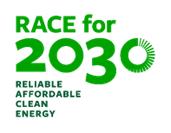

Report at a glance
H2: Opportunity Assessment Enhancing home thermal efficiency
RACE for Homes
Research Theme H2: Enhancing home thermal efficiency

ISBN: 978-1-922746-38-2
Industry Report
An Opportunity Assessment for RACE for 2030 CRC
May 2023
Citations
Rajagopalan, P., Natarajan-Rajeswari, K., Andamon, M.M., Moore, T., Woo, J., Cheng, D., Ambrose, M., Reynolds-Fox, K., Willand, N., Pears, A., Simko, T., and Horne, R (2023). Enhancing home thermal efficiency. Final report of Opportunity Assessment for research theme H2. Prepared for RACE for 2030 CRC
Project team
RMIT University

• P. Rajagopalan
• R. Horne
• T. Moore
• M.M. Andamon
• N. Willand
• J. Woo
• T. Simko
• K. Natarajan-Rajeswari
Climate KIC Australia

• K. Reynolds-Fox
• K. Vines
CSIRO
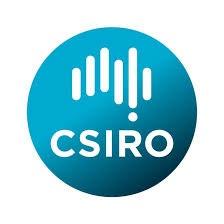

• A. Wright
• D. Cheng
• M. Ambrose
Technical Advisor
• A. Pears
Project Partners
Acknowledgements
The Project Team would like to acknowledge and thank the IRG members who provided their time and expertise during the scoping and development of the Opportunity Assessment including the review of findings and opportunities: Australian Glass & Windows Association (AGWA), Australian Institute of Refrigeration, Air Conditioning and Heating (AIRAH), Australian Sustainable Built Environment Council (ASBEC), Brighte, Design Matters National, Energy Consumers Australia, Energy Efficiency Council, Fletcher Insulation, Green Building Council of Australia (GBCA), Insulation Council of Australia and New Zealand (ICANZ), Jason Windows, Master Builders Association (MBA), MIRVAC Group, Pro Clima Australia, The Air Tightness Testing and Measurement Association (ATTMA).
Acknowledgement of Country
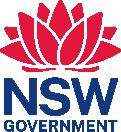
The authors of this report would like to respectfully acknowledge the Traditional Owners of the ancestral lands throughout Australia and their connection to land, sea and community. We recognise their continuing connection to the land, waters and culture and pay our respects to them, their cultures and to their Elders past, present, and emerging.
What is RACE for 2030?
RACE for 2030 CRC is a 10-year cooperative research centre with AUD350 million of resources to fund research towards a reliable, affordable, and clean energy future. https://www.racefor2030.com.au
Disclaimer
The authors have used all due care and skill to ensure the material is accurate as at the date of this report. The authors do not accept any responsibility for any loss that may arise by anyone relying upon its contents.
1
Report at a glance
What is in th is report?
This work was commissioned to identify the barriers inhibiting the rapid uptake of energy efficiency measures, especially those related to the thermal efficiency of existing homes, and to recommend possible enabling solutions, technologies and policy instruments, with a focus on low-cost solutions for existing homes. It identified eight research themes and twenty-two research opportunities, illustrated in diagram 1 below

The research undertaken in this report complements the first RACE for Homes research report, Pathways to Scale: Retrofitting One Million+ homes
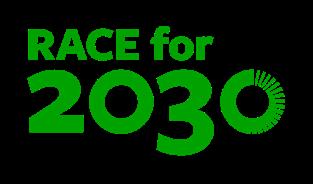
Why isit important?
Buildings use an estimated 30 per cent of the energy consumed worldwide, with energy consumption in residential buildings a major contributor to global anthropogenic carbon emissions. In Australia, buildings account for around 19 per cent of the total energy use and 18 per cent of direct carbon emissions, with residential buildings accounting for approximately 8.4 per cent of total energy use, 24 per cent of overall electricity use and 12 per cent of total carbon emissions. Depending on the climate zone, heating and/or cooling account for 20-50 per cent of energy used in residential buildings. Given the nature of climate change experienced and anticipated in Australia, energy used to maintain human thermal comfort in the existing housing stock is expected to increase unless there is significant and widespread thermal upgrade action.
Australian housing energy standards have improved at various points in time, but they still fall short of world’s best practice, both as a minimum performance target, and in what is required to transition to a more energy efficient and environmentally sustainable built environment. Homes in Australia prior to 2008 were typically not built to provide a high quality of thermal comfort, and indoor winter temperatures are often lower than in considerably colder countries that require higher minimum standards for insulation, weatherproofing, and energy efficient appliances. Poor thermal efficiency increases energy costs, escalates respiratory and cardiovascular ailments, and exacerbates some mental health conditions
Diagram 1
A 2022 survey undertaken for Energy Consumers Australia found that the average existing home in Australia (built prior to the introduction of star ratings for new homes in 2008) was around 1.8 stars; currently the National Construction Code mandates 6 stars minimum, which will rise to 7 stars later in 2023
No-one wants to live in a thermally inefficient home, but upgrading a home to be more comfortable, with lower energy bills and carbon emission, is not standard practice either for new builds or renovations.
The Enhancing home thermal efficiency report has identified the blockers to making homes more thermally efficient, and its research has helped inform the RACE Priority project Energy Upgrades for Australian Homes (under development). The priority project has been designed to answer the research questions posed in both this report and Pathways to Scale, to unlock the barriers to the large-scale thermal upgrade of homes across Australia.
Specifically, in section 8 of Enhancing home thermal efficiency, the research lists substantial barriers that need to be overcome before large-scale implementation will be possible. These are categorised as:
• technology barriers (including lack of awareness, high upfront costs, incentivising regulations)
• capacity building (for instance, under-estimation of benefits of energy efficiency upgrades resulting in under-performing buildings)
• occupant barriers (lack of awareness, bounded rationality in decision-making etc.)
• R&D constraints
• policy and regulation barriers and
• market and financing inhibitors.
As a result, the report recommends significant research priorities and industry development opportunities (section 9). To assist homeowners to progress and complete a retrofitting journey, one of the key findings and recommendations was for transforming market delivery from multiple vendors, each offering one type of product to ‘a one-stop shop' model, offering all the services required for a complete home energy upgrade. By managing home energy upgrades from start to finish and delivering a smooth customer journey has been shown to achieve a better overall outcome and higher uptake of home energy upgrades.
What did we do?
The research was conducted through a mix of desktop research (review of Australian and international literature), consultations with key stakeholders and an Industry Reference Group (IRG), as well as modelling various retrofit scenarios. Insights from consultations with the IRG fed into the in-depth literature review and scenario modelling. Diagram 2 below illustrates the various steps involved, including preliminary literature review, IRG workshops, scenario modelling, and detailed literature review.
Diagram 2
The IRG members also highlighted lack of as-built verification as a key barrier for new home performance, and recommended that thermal assessors should be involved in early stages of the design process.
What difference will it make?
In addition to energy savings benefits, the research identified that health and well-being benefits of retrofitting a home were often even greater than the direct financial benefits, as thermally-efficient homes moderate indoor temperatures and keep people safe during extreme events such as heatwaves. It also concluded that higher quality homes result in people taking fewer days off work and school due to illness and reduce visits to doctors and hospitals.
As well as looking at stand-alone dwellings, the feasibility and cost-effectiveness of net zero apartment buildings was reviewed, with the research identifying significant gaps and weaknesses in Australia’s energy efficiency and climate policy frameworks inhibiting uptake. It recommended that a collaborative and strategic approach between industry and government could rapidly transform this, noting that to date there have been a few attempts to improve the performance of apartment buildings, and the NABERS rating tool is only applicable for common areas not apartments themselves.
The report reviewed the availability of appropriate industry skills and training, finding lack of regulatory requirements to improve skills is a barrier, with the range of training resources not proactively marketed to existing trades and a lack of ongoing skills accreditation impacting quality and performance.
Another barrier identified was that design and energy rating professionals often overlook cost sensitivity when specifying energy efficiency products. During procurement and construction stages, cost is currently a key selection criterion for most trades and material procurement, determining which products are used which can adversely impact building energy efficiency performance, such as lower glazing and insulation levels Decisions made at the construction and major renovation stages impact the performance of these buildings for decades to come and can have adverse effects on energy bills, comfort and health which far outweigh costs savings at installation stages.
Compounding this lack of awareness and training in the supply and installation sector, the report found that many energy efficiency improvement options are not in a format easily accessed and/or understood by homeowners.
What next?
As mentioned above, the research questions identified in both Enhancing home thermal efficiency and the Pathways to Scale reports have influenced the direction of the RACE for 2030 Priority Project – Energy Upgrades for Australian Homes. This much larger project has work packages designed to overcome the barriers to scale identified by category which will in turn be tested through a series of place-based pilots across all climatic regions, types of ownership and construction types across Australia.
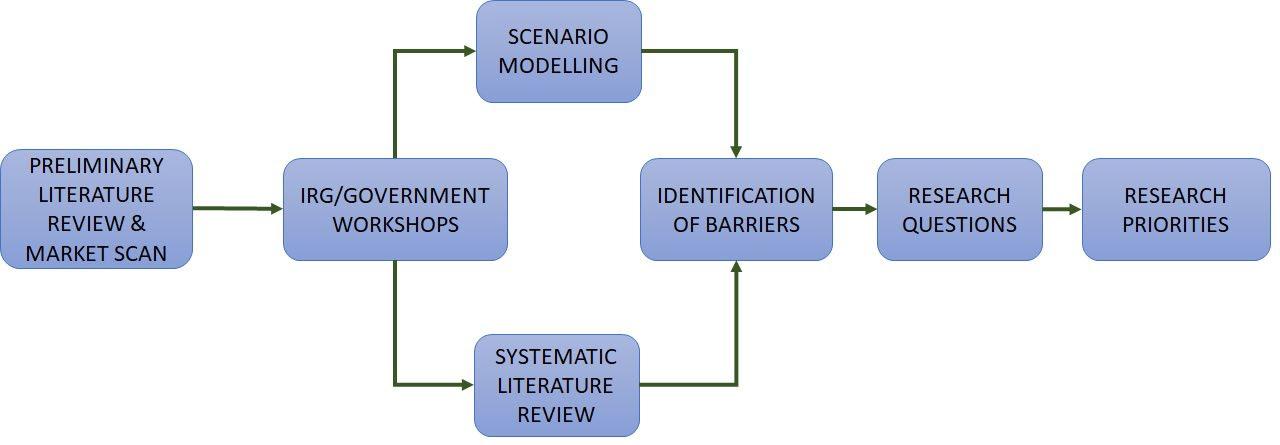
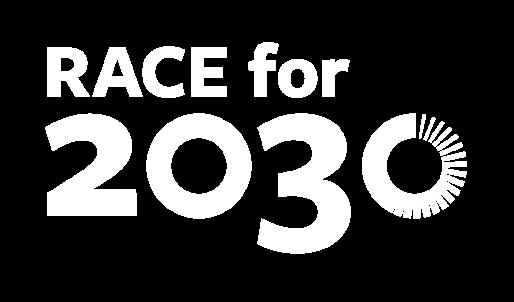



www.racefor2030.com.au















